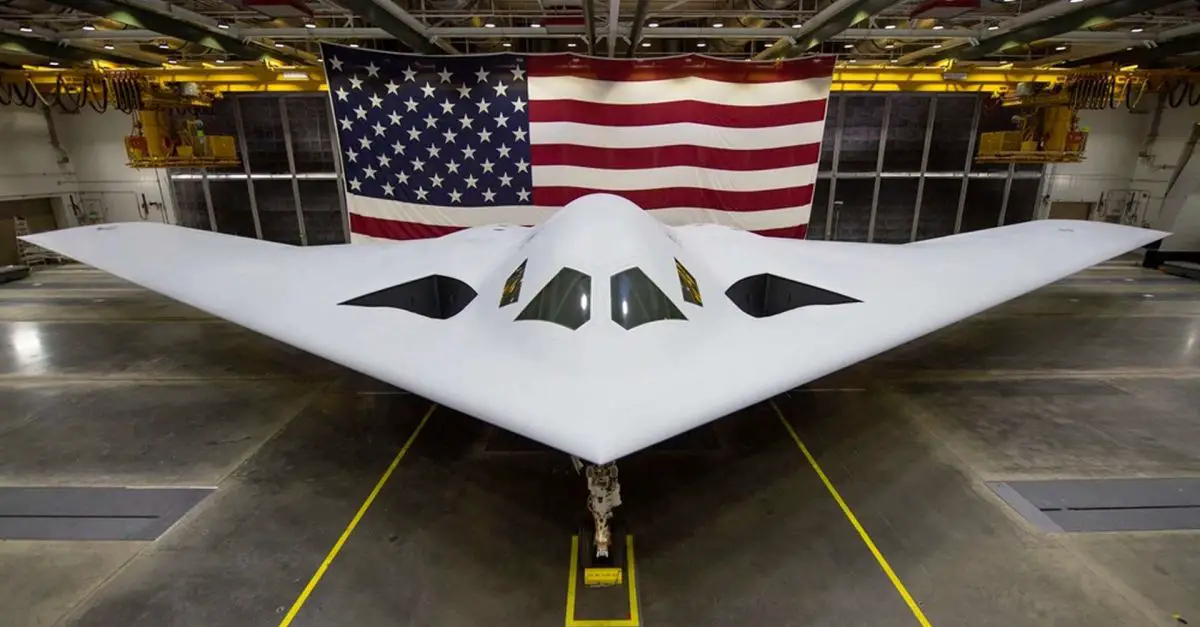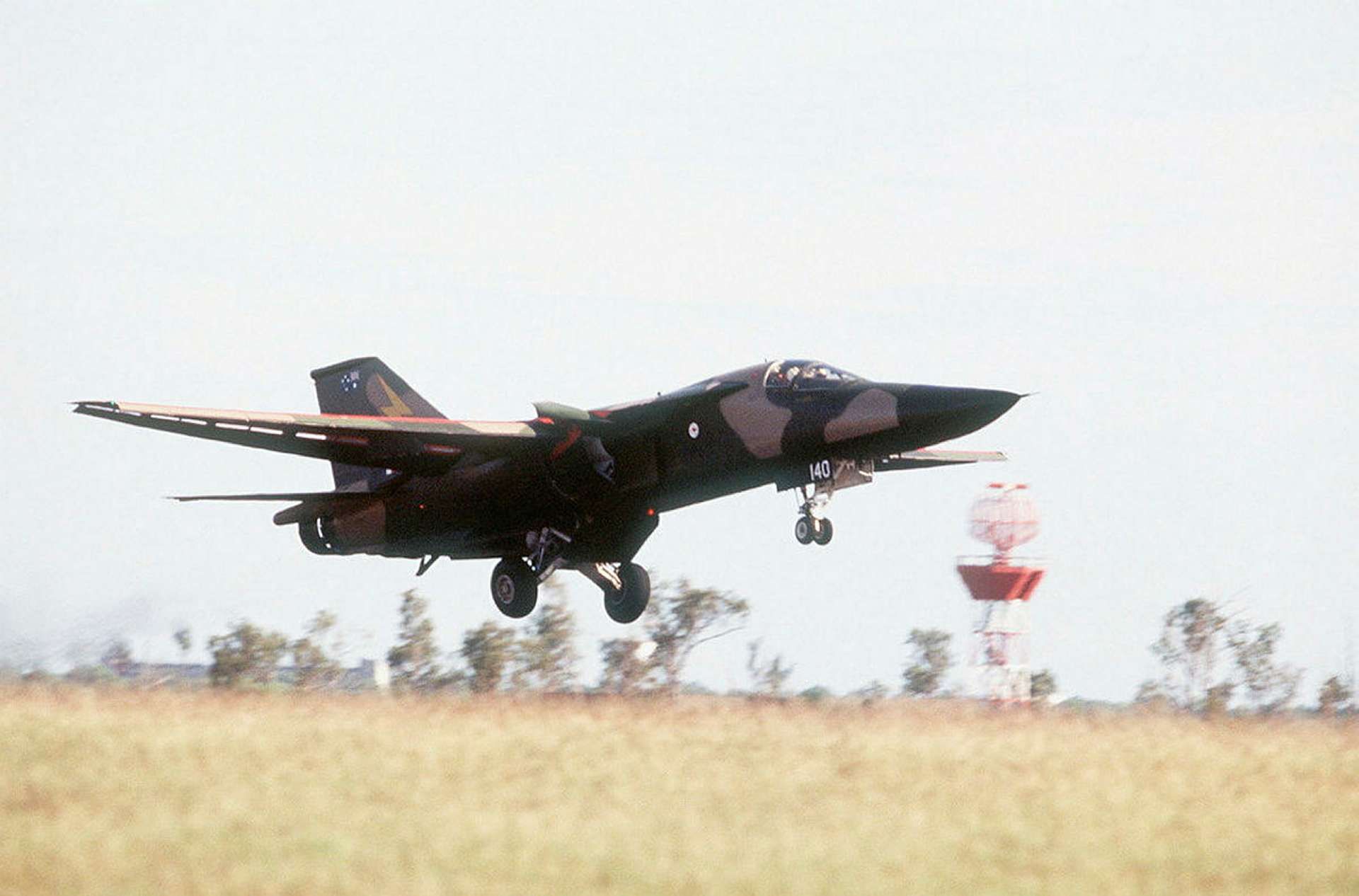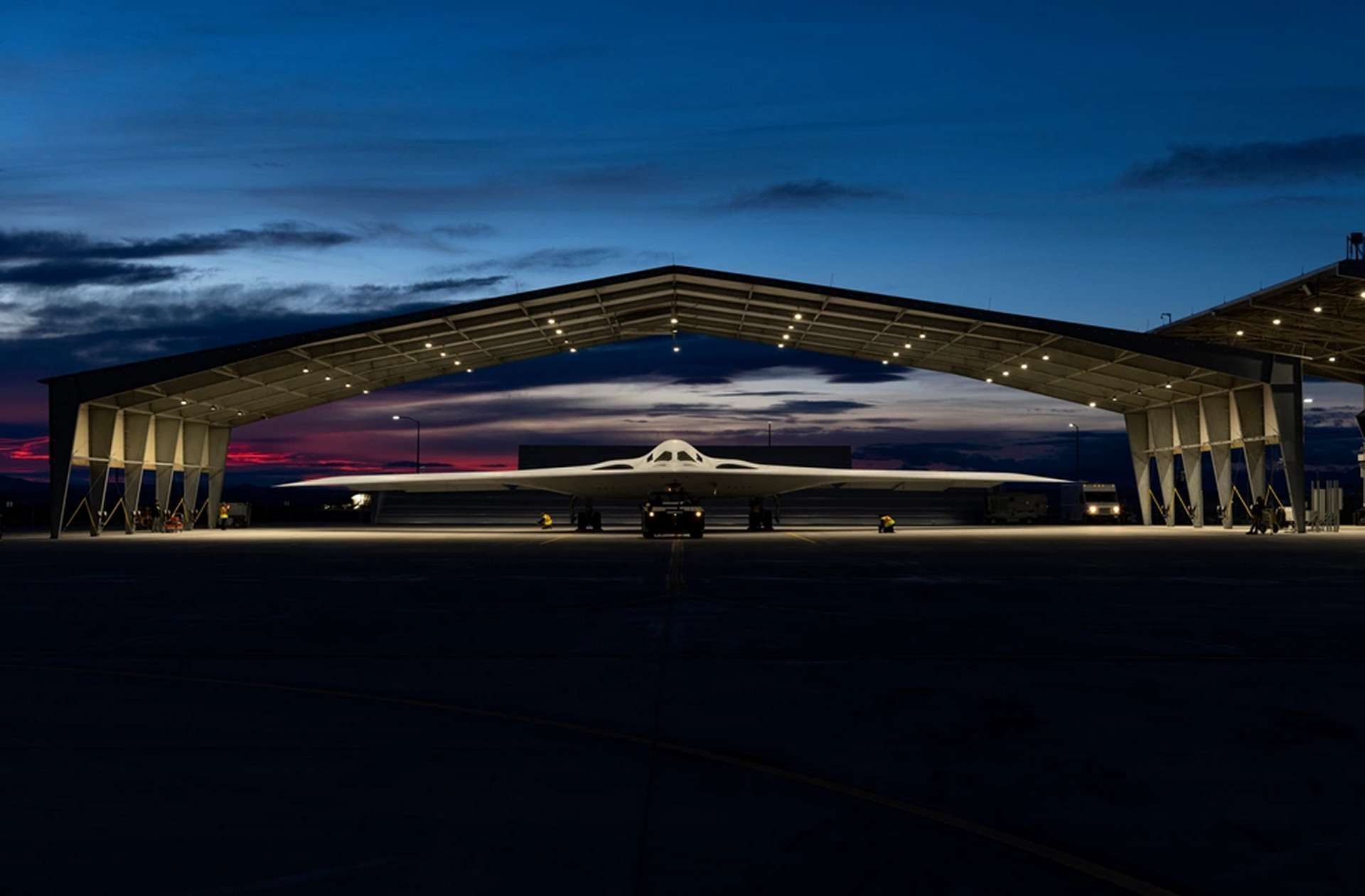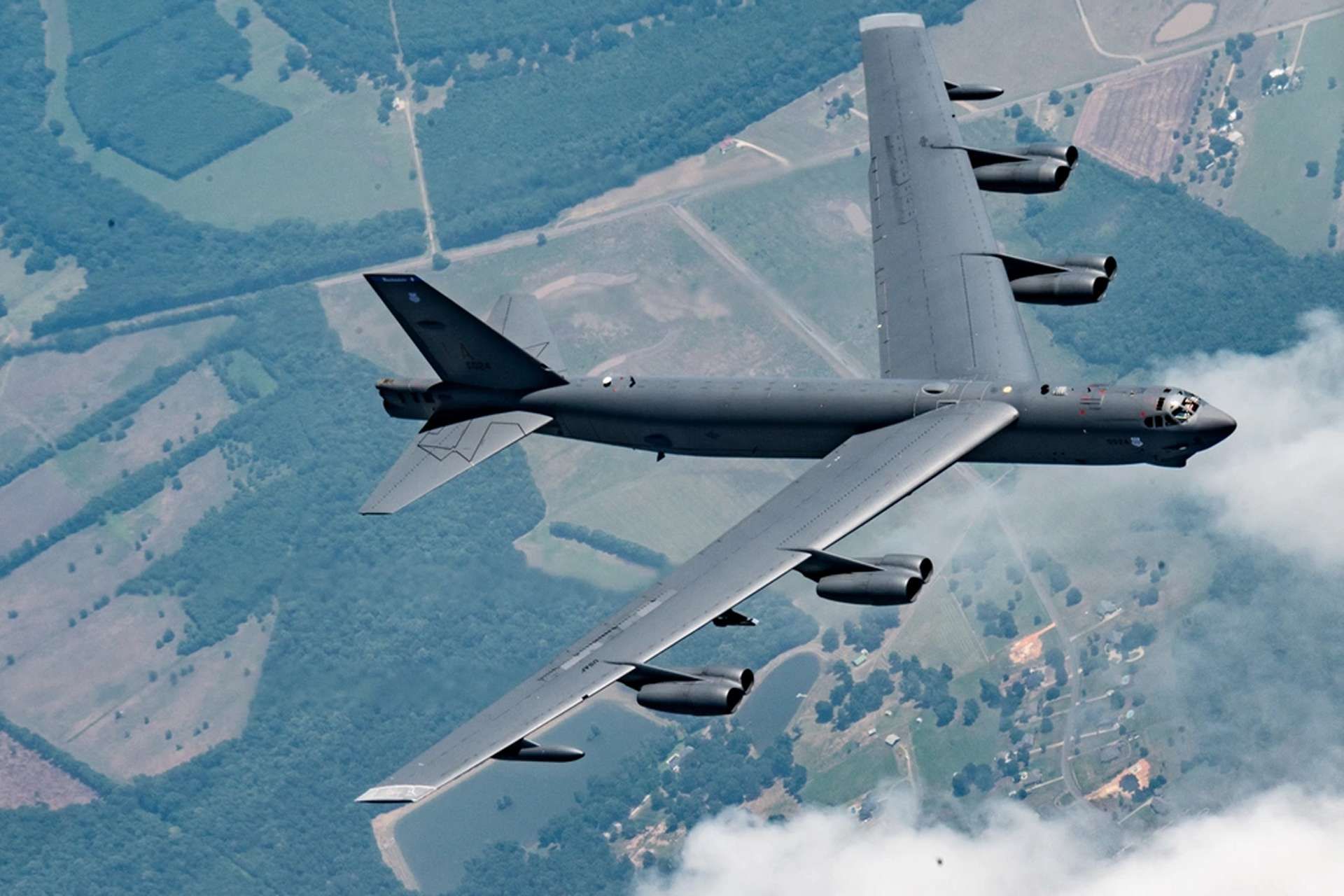Breaking News
Australia eyes US B-21 Raider for faster strike capabilities amid AUKUS submarines delays.
On August 7, 2024, a group of Australian defense experts and think tanks, including the Institute of Public Affairs and Strategic Analysis Australia, released a report titled "National Security and Australia’s Northern Defence." The report aims to enhance Australia's defense capabilities and proposes an alternative strategy known as "Plan B." This strategy includes a recommendation for Australia to acquire the B-21 Raider stealth bomber, a sixth-generation aircraft currently in low-rate initial production in the United States.
Follow Army Recognition on Google News at this link

The B-21 Raider is designed as a long-range strike platform, with the U.S. Air Force planning to acquire at least 100 units at an estimated cost of $750 million per aircraft. (Picture source: US DoD)
The B-21 Raider is designed as a long-range strike platform, with the U.S. Air Force planning to acquire at least 100 units at an estimated cost of $750 million per aircraft. The report suggests that Australia should seek access to this aircraft and propose collaboration with the United States, including the operation of B-21s on rotation from Australian military facilities. This recommendation arises from concerns about potential delays in the development of nuclear-powered submarines under the AUKUS agreement, which are projected to cost between $268 billion and $368 billion over their lifecycle and are not expected to be operational until the 2040s.
The report argues that the B-21 Raider could serve as a complementary capability to nuclear submarines. While both platforms are designed to deliver high-explosive ordnance to targets, the B-21 has the advantage of being able to reload and conduct multiple missions in the time it would take a submarine to return to port or be resupplied at sea. Although submarines possess unique loitering capabilities, the report suggests that some of these roles could be assumed by relatively low-cost uncrewed submarines, allowing the B-21 to address other critical needs in long-range strike capability.
One of the primary advantages of acquiring the B-21 Raider, as outlined in the report, is its potential to deliver significant long-range strike capability to the Australian Defence Force (ADF) earlier than nuclear submarines. The B-21 could be operational as early as 2027, providing a deterrent in the Indo-Pacific region before the AUKUS submarines are expected to come into service. The report notes that Australia has previous experience operating long-range strike bombers, such as during World War II with strategic bombers, during the Cold War with the Canberra bombers, and with the F-111 aircraft. This history suggests that the B-21 could be effectively integrated into Australia's defense strategy.

Australia has previous experience operating long-range strike bombers, such as during World War II with strategic bombers, during the Cold War with the Canberra bombers, and with the F-111 aircraft. (Picture source: Australian Army)
The report also suggests that acquiring the B-21 Raider would align with Australia’s strategic goals by enhancing collaboration with the United States and presenting a coordinated approach to deterrence in the Indo-Pacific, given the increasing likelihood of conflict in the region, particularly concerning Taiwan. The B-21 is noted for its range, flexibility, and ability to carry a variety of weapons and sensors, making it suitable for Australia’s defense needs, given its large geographic area and relatively small military force.
Furthermore, the report argues that having both submarines and strike bombers would provide Australia with a stronger strategic position, offering two significant strike capabilities rather than relying solely on one. This dual capability is considered important, particularly given the current challenge of maintaining the aging Collins-class submarines beyond their intended service life.
The report also highlights the importance of range in modern military operations, noting that missiles, including cruise missiles delivered by air, sea, and land platforms, are critical components of combat and deterrence strategies. The report points out that successive Australian governments have recognized the need for greater range in weaponry and emphasizes the urgency of delivering these capabilities to the ADF.

The Northrop Grumman B-21 Raider is a strategic bomber under development for the United States Air Force (USAF) for long-range, stealth missions, capable of delivering both conventional and nuclear weapons. (Picture source: US DoD)
The Northrop Grumman B-21 Raider is a strategic bomber under development for the United States Air Force (USAF) as part of the Long Range Strike Bomber (LRS-B) program. The aircraft is designed for long-range, stealth missions, capable of delivering both conventional and nuclear weapons. It is intended to replace the aging B-1 Lancer and B-2 Spirit bombers by 2040, and possibly the B-52 Stratofortress thereafter. The B-21 conducted its first flight in November 2023, with service entry anticipated by 2027.
The B-21's development has been highly classified, with many of its technical specifications kept confidential. However, available information reveals that the aircraft will incorporate advanced stealth technology and networked systems to enhance its role as a strategic bomber. The B-21 has a wingspan of 132 feet (40 meters), a length of 54 feet (16 meters), and an empty weight of approximately 70,000 pounds (31,751 kilograms). It can carry a maximum weapon load of 20,000 pounds (9,100 kilograms) and has a maximum takeoff weight of 180,000 pounds (81,647 kilograms). The bomber's maximum speed exceeds Mach 0.8.
Production is centered at Northrop Grumman's facilities in Palmdale, California, where the B-2 bomber was also built. The USAF plans to produce between 145 and 200 B-21s, with initial production models already under construction. These models are production-representative aircraft intended for testing, with the goal of converting them to operational status following evaluation. The program emphasizes advanced manufacturing techniques, digital engineering, and a focus on sustainability and ease of maintenance.

The B-21 Raider is intended to replace the aging B-1 Lancer and B-2 Spirit bombers by 2040, and possibly the B-52 Stratofortress thereafter. (Picture source: US DoD)
The B-21 Raider is projected to be a critical component of U.S. strategic deterrence, capable of penetrating advanced enemy defenses to deliver precision strikes on a global scale. In addition to its role as a bomber, the B-21 is expected to support intelligence, surveillance, reconnaissance, and electronic warfare missions. The program includes collaboration with a large network of suppliers across the United States, with the aircraft designed for long-term adaptability through modular upgrades and efficient maintenance processes.
The design and production of the B-21 have prioritized sustainability and adaptability. Digital engineering and advanced manufacturing have been integral in reducing production risks and ensuring efficient processes. The aircraft is built to accommodate new technologies and upgrades throughout its operational life, enabling it to respond effectively to emerging threats.


























